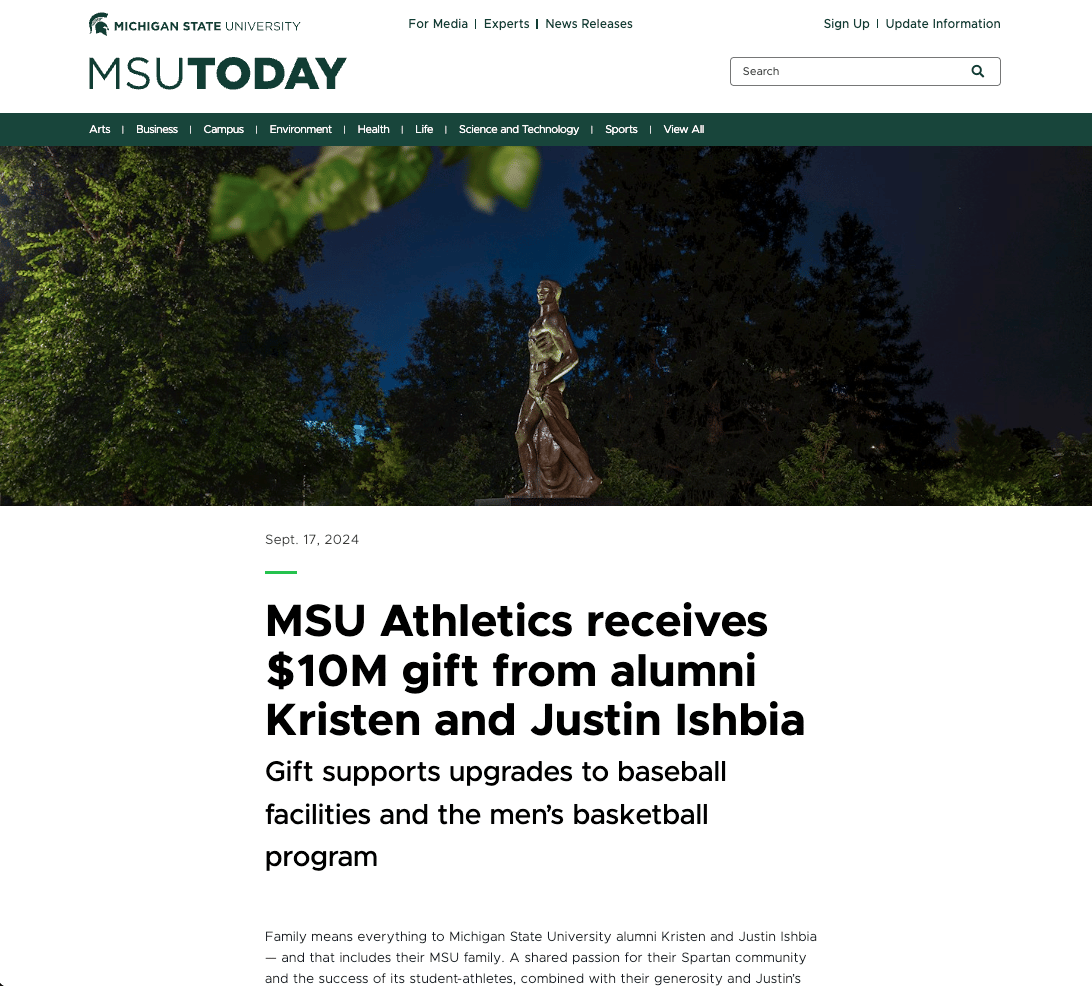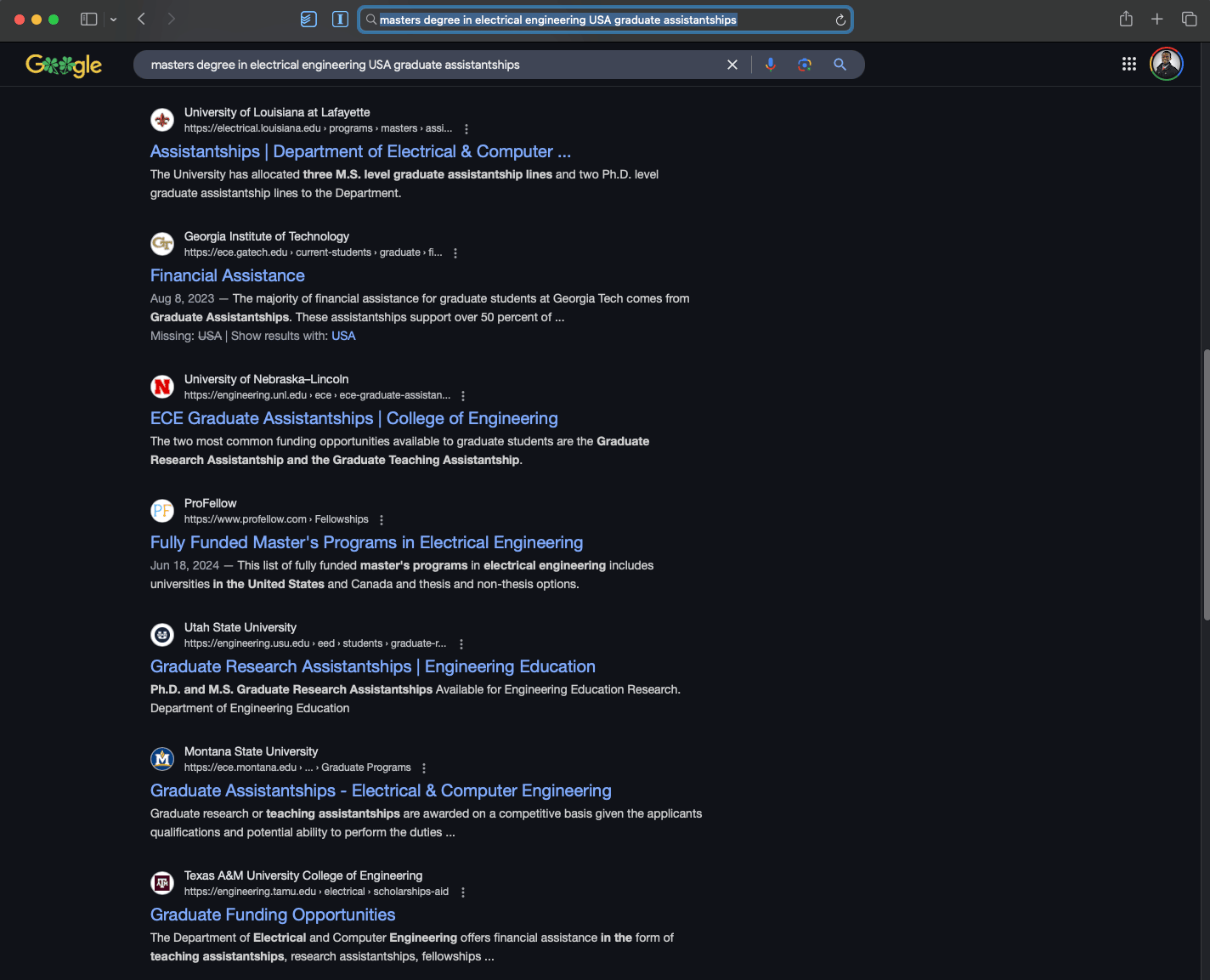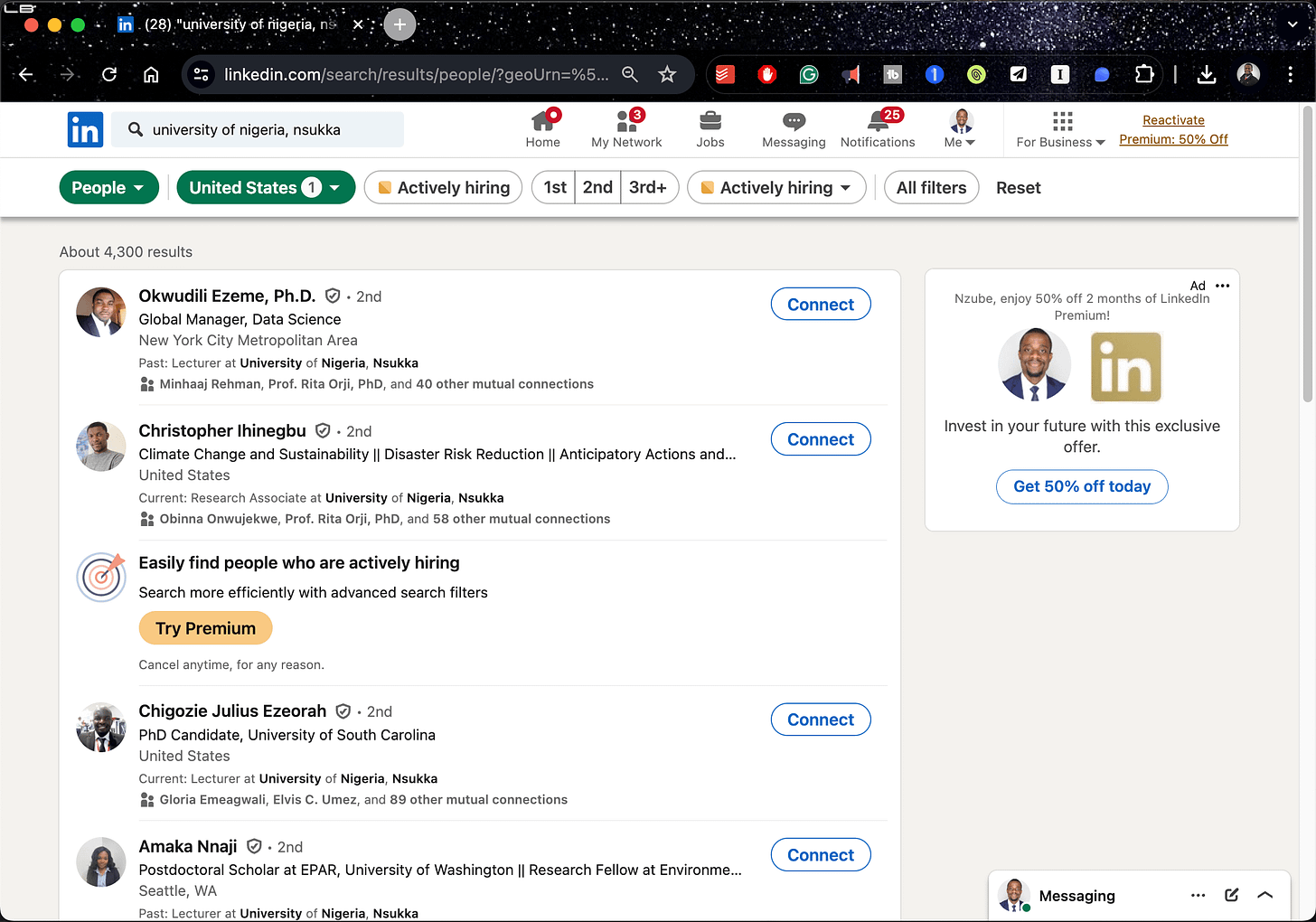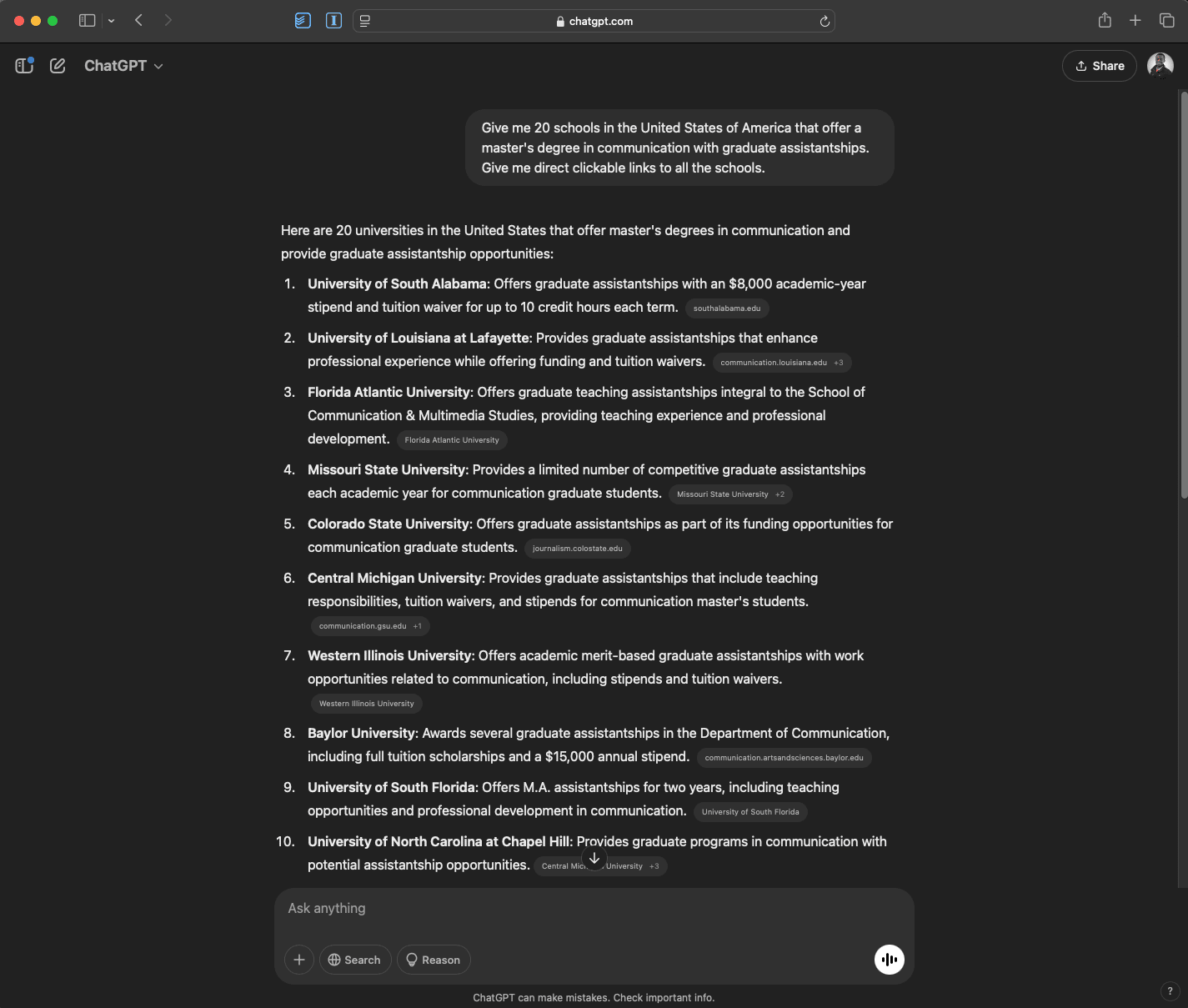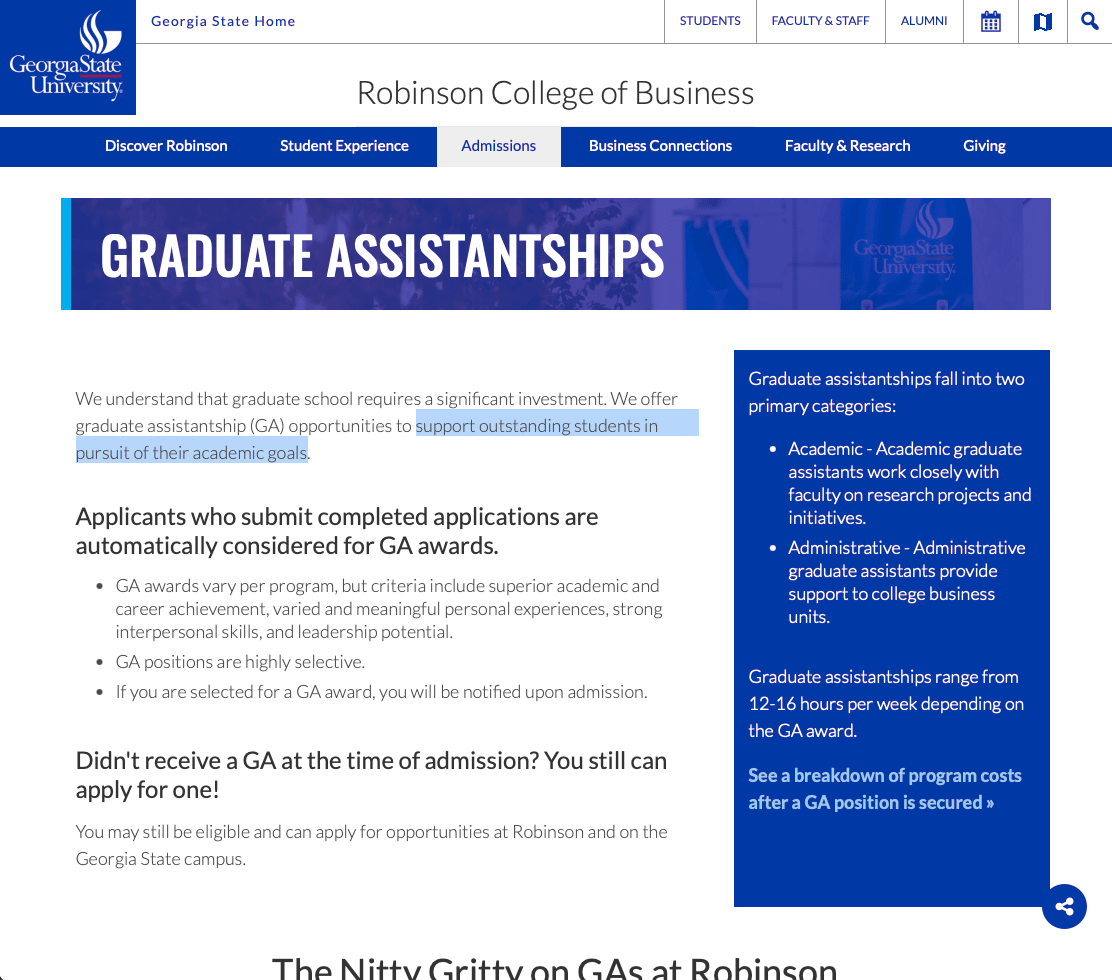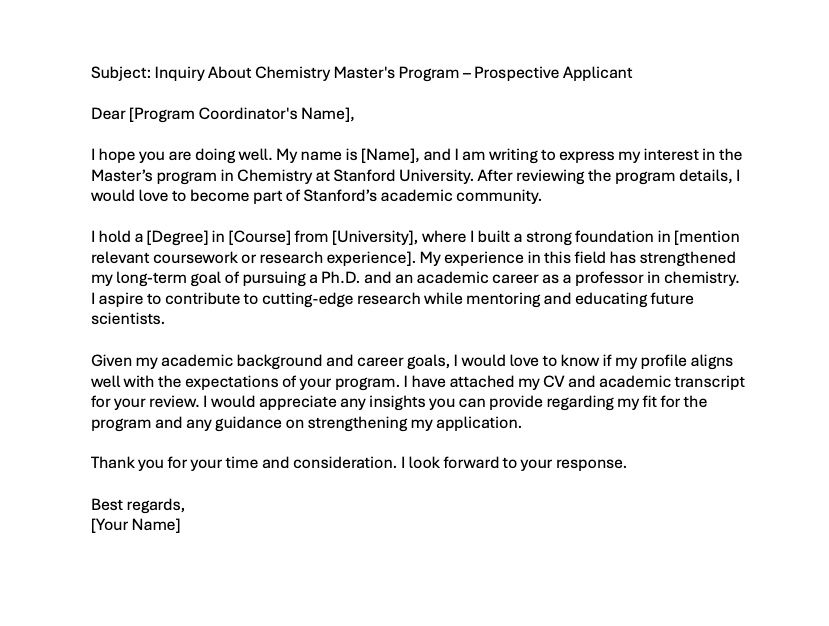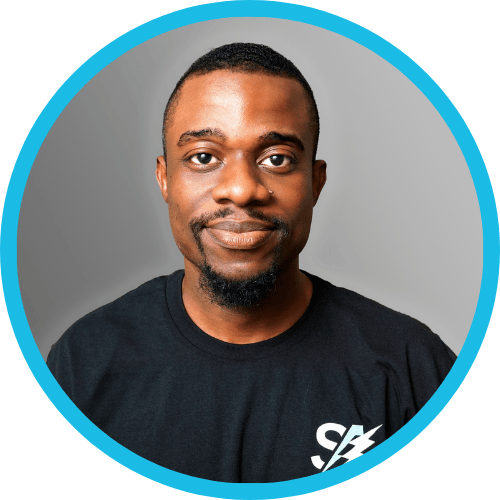The complete guide to getting 100% US scholarships

A small announcement before we start.
The first Scholarship Accelerator Bootcamp starts next week (April 5th).
This 6-week Bootcamp is designed to help you secure fully funded scholarships (Graduate Assistantships) by submitting 5 high-quality applications in just 6 weeks—with expert guidance every step of the way.
This proven system is designed to help you finally secure funding and move to the US by January 2026.
Enrollment ends on April 5th!
You need a scholarship roadmap.
I see a lot of international applicants waste so much time because they don't know what to do next.
After talking with several international students, I noticed that it usually takes about 2 years of applying before coming to the US. They were trying things out in their first year, some wasted application fees, and got a lot of rejections.
Suddenly, in their second year, it clicks. They finally understand the process.
For some people, it's their third or fourth year.
With a roadmap, you don't need to waste time and money. Imagine if you got a full scholarship on your first attempt. Imagine if you always knew what to do next.
Then, you would finally submit your first strong application.
The application process won't confuse you anymore.
Most importantly, you'll have a strong scholarship plan no matter how high or low your CGPA is.
That's what this roadmap did for me.
I decided to do my PhD around December 1, 2021, and that's towards the end of the Fall application season.
The fall semester is from August to December of every year. The application window for Fall is from the former August to December/January/February 1st.
Don't be like me. Make your plans early.
Although I was late, the good thing was I understood this roadmap. So I got to work.
I shortlisted 20 schools and applied to 5 schools with 3 application fee waivers.
For KSU, my current school, I applied on February 1st (the deadline) and had my interview on March 30. Then, my fully funded offer came on April 1st. I also received another fully funded offer from Clemson University just a week before. But I decided to go with KSU.
The scholarship guide has 10 steps that work for both master's and PhD. This is not for undergraduates.
I've tried my best to make every step as clear as possible, so even if you are a beginner, you will understand.
So, if you're ready, pull out your notes, and let's get moving.
Step 1: Get the Right Mindset
Most international applicants are not ready for scholarships.
They go online looking for free lunch. Looking for schools that will give them $30,000 just like that for their tuition.
They keep on hopping from one opportunity to the next. After 5 years, they are still stuck where they started.
US universities have a lot of scholarships for students with great minds and big potential.
Those are the students who get top jobs after studying. They later become generous alumni to the schools when they are successful.
Universities are looking for those students to invest in.
Your job in your application packet is to communicate that effectively.
If you do that, you will get scholarships.
So make up your mind to do the work required, not to do your best.
What you call your best is not always enough.
Step 2: Get Your Transcript
The next thing to do is to get your transcript.
This is a small win you can do to show that you are making progress on this scholarship journey.
A transcript is a document showing all the grades of the courses you completed in pursuing a degree. It also shows your Cumulative Grade Point Average (CGPA).
Most US programs need a minimum CGPA of 3.0/4.0.
We'll talk about what to do later if your CGPA is lower than that.
You can request yours from your alma mater on their website. Or visit/call the registrar's office to ask them about your own.
If they refuse to give you directly, then have it sent to a friend or a professor. Then, retrieve it from the person. This is what I had to do to get my transcript from UNN in 2017.
Step 3: Select the best course
Your course determines the universities you apply to and the scholarships you get.
But don't just make this decision because of scholarships. The educational system here will push you. So you have to love what you are studying.
There are 5 ways to find the best course for you. I covered them in last week's newsletter.
Here are the five questions with my answers when applying for my Masters:
What did you study in your Bachelor's (and Master's)? Bachelor's in Mathematics (4.65/5.0).
What is your current work experience? 2 years of teaching University Mathematics.
What are the courses of your previous degrees that you enjoyed? I loved statistics and linear algebra.
What are you interested in? I love using analysis to solve real-world problems.
What are the possible career options for someone with my bachelor's degree? Mathematician, Statistician, Data Scientist, Data Analyst, Actuary.
After brainstorming this, select only one course. You don't want to write 5 SOPs for 5 different courses.
Work smart, not hard.
Step 4: Do your School Search
After doing the first 3 steps, you are ahead of 80% of the people who want to get US scholarships.
Why?
Because most people just want to get the schools to apply to.
With the best course that you've selected, you can narrow down all 4000 US universities and colleges to a few. Because all universities don't offer your course.
Another important thing to note is "find schools that have graduate assistantships".
A big mistake I see a lot is applicants applying to any school, and after getting admitted, they start asking for tips to get a scholarship. If you didn't do your homework before applying, the chances of getting scholarships after are slim.
Here are 3 ways to find schools with graduate assistantships:
1. Do a Google search
I would simply search for "{Masters/PhD} degree in {course} USA graduate assistantships".
For example, "masters degree in electrical engineering USA graduate assistantships”.
2. Find current students on LinkedIn
There are students currently studying in the US who graduated from your university.
You need to find out which schools they are attending. If the program admitted someone from your country, then they can admit you as well.
3. AI tools like ChatGPT
Good search prompt:
Give me {Number} schools in the United States of America that offer a master's degree in {Course Name} with graduate assistantships. Give me direct clickable links to all the schools.
Example:
Give me 20 schools in the United States of America that offer a master's degree in communication with graduate assistantships. Give me direct clickable links to all the schools.
Step 5: Optimize Your Application Packet
Your profile needs to communicate that you have a great mind and big potential.
Now, you can make a realistic plan of how you'll make your application stand out.
Here are some options of what you can add to your CGPA:
Write the GRE
Work experience
Publications
Certifications
English tests (TOEFL/IELTS)
Now you don't have to do them all. But the more you can get, the more competitive your application and the higher your chances of getting scholarships.
When applying for my master's, I wrote the GRE (308/340), had 2 years of teaching experience in a University, did some free data science certifications on Datacamp and Kaggle, and wrote the TOEFL (94/120).
I added this to my CGPA of 4.65/5.0.
You can get free certifications online; you can also check if Harvard or Stanford has free courses in your field, and then do them.
You can volunteer to work for a job that is relevant to your desired program or even teach somewhere. Having teaching experience always helps in getting graduate assistantships.
I strongly recommend the GRE if your CGPA is low or you want to get a direct PhD from a Bachelor's degree.
Step 6: Reach out to Recommenders
“We rise by lifting others.” — Robert Ingersoll
Your recommenders are important to lift you up on this journey.
The recommendation letters present your qualifications, character, and potential from another person.
The strength of the letter depends on their credibility and how well they speak about you.
The thing is, some recommenders are weak and you want to avoid them.
Strong recommenders include professors, work supervisors, research supervisors, mentors, or heads of department.
Weak recommenders are family and friends.
Most schools require 2-3 recommendation letters.
Whoever you choose as your recommender, make sure you invest tangibly in that relationship. Don't just come asking for their help. Think about what you can do for them too.
Let it be a win-win relationship.
Step 7: Write an Academic CV
An academic CV (Curriculum Vitae) is a comprehensive document that outlines your educational background, research experience, publications, and other academic achievements.
It shows the admission committee your results and approach to work.
You can get a good CV template to use here: https://www.vertex42.com/resumes/cv-template.html
A mistake I see applicants make is to make their CV as long as possible. They want it to be 10 pages.
There is no best length of an academic CV. Mine is 3 pages.
Put as much relevant information as you can based on your experiences, but leave out any unnecessary information or experience.
I've worked in a plastics manufacturing factory before, but you'll never see that in my CV.
Step 8: Reach out to Professors
There are 2 professors you want to reach out to.
a) Program Coordinators
They manage the admissions process and can provide program-specific information.
They are usually open to communication with new students, so they will most likely respond to your email when you reach out.
You can find their details on the program's website.
When you reach out:
Introduce yourself
Mention your interest in the program
Mention your career goals
Ask if you are a good fit for the program
Attach your CV and your transcript
b) Professors for funding
Some professors with funded research labs are looking for students to join them.
They are usually busy, so you must do your homework before contacting them.
What is your homework?
Type their name in Google Scholar.
Check their 2-3 most recent publications.
Copy the abstract and paste it into ChatGPT.
Tell it to suggest more ways to improve the work as a prospective graduate student in their lab.
Then, send them an email with those details.
Cold emailing professors for funding isn't necessary in all schools. But at the very least, you should reach out to the program coordinators.
I don't apply to any university without contacting the program coordinator first.
Step 9: Tell your story (SOP)
This is the glue that connects your application packet together.
A statement of purpose (SOP) is a personal essay where you talk about your school and career goals. It explains why you chose your program and university and how it will help you achieve your career goals.
There are 7 components of a great SOP.
Personal background
Academic background
Research experience
Professional experience (full-time, part-time, voluntary)
Immediate and long-term goals
Reasons for being interested in that field
Reasons for being interested in that particular institution.
You can see how I break down these 7 parts in the SOP that got me 2 fully funded scholarships in this video.
Step 10: Submit your application
Finally, you fill out the application form and hit submit.
The major problem international applicants have at this stage is application fees.
The good news is that they can be waived (for a lot of schools)
You can either:
Reach out to the Program Coordinator.
Register for an information session and attend.
Email the graduate college.
This is how I waived $225 in application fees during my PhD applications.
You can watch another in-depth video on this on my YouTube channel (I must warn you that there are a lot of hand movements there, LOL. I was still learning how to be comfortable on camera.)
Putting It All Together:
Make sure you apply to at least 5 schools.
The more schools you submit a strong application to, the higher your chances.
Then, let prayer guide your applications to success.
I pray you experience divine favor.
That’s it!
As always, thanks for reading.
Hit reply and let me know what you found most helpful this week—I’d love to hear from you!
See you next Wednesday.
If this email was forwarded to you, you can subscribe here.
Whenever you're ready, there are 2 ways I can help you:
The Scholarship Accelerator: his 6-week Bootcamp is designed to help you secure fully funded scholarships (Graduate Assistantships) by submitting 5 high-quality applications in just 6 weeks—with expert guidance every step of the way. Enrollment for the next cohort ends on April 5th.
F1 Visa Interview Consultation: Get your F1 visa in your next interview. I combine my five F1 visa interview experiences with my expertise in learning from visa officers to prepare you for your visa interview thoroughly. We will identify your strengths and prepare you to deliver them confidently. Your story is the secret to your visa approval.




